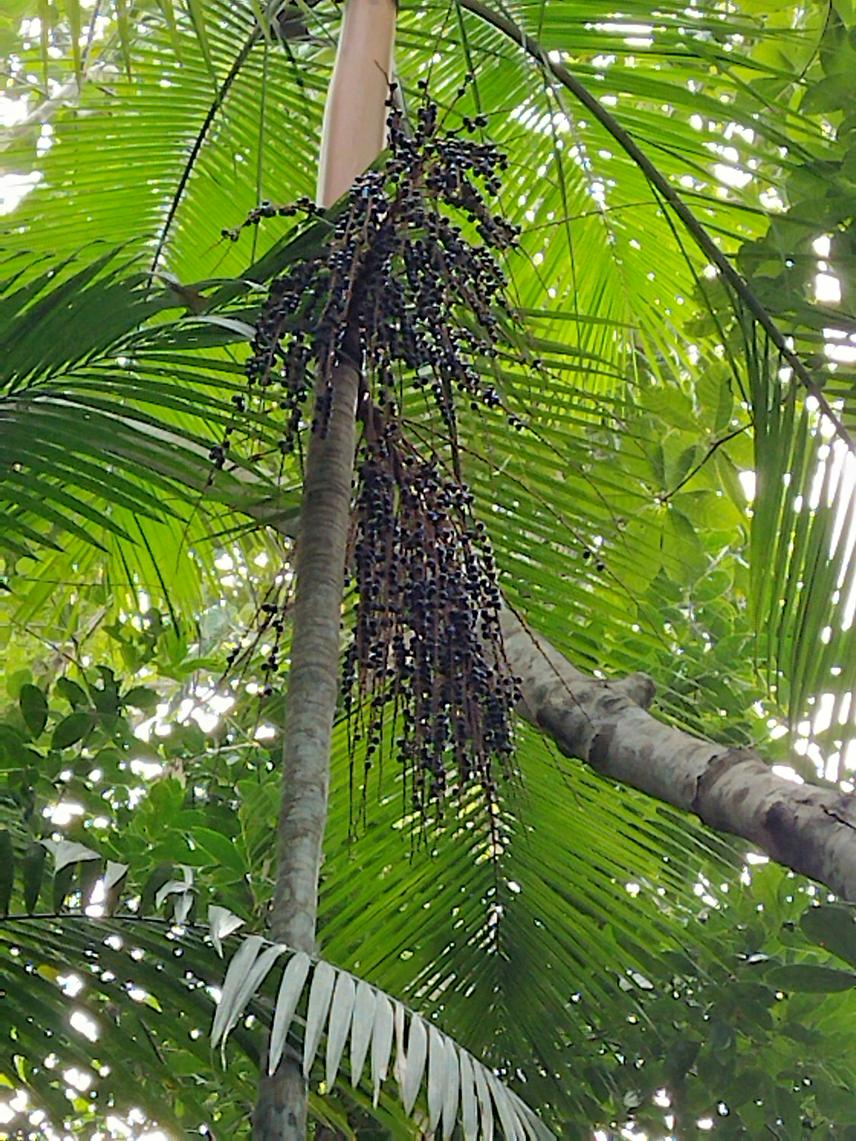Geane Santos da Costa
The impact of human activities on the environment has threatened the entire ecosystem, especially in regions with high species richness and endemism, such as tropical forests. The growing problems caused by human activities have led to knowledge gaps about how species behave in the face of these disturbances. Against this backdrop, researchers seek to understand how biodiversity is affected by anthropogenic practices, whether through studies of species richness, ecological and physiological processes, or genetic diversity. With this in mind, we chose the species Euterpe edulis Mart. as our biological model and the Atlantic Forest area as our environmental model. This area has high species richness and endemism and has been reduced to about 11.4-16% of its original extent. For this reason, many species are threatened by various problems, such as habitat loss. These species include several palms that belong to the Arecaceae family. This family is widespread in neotropical regions and exhibits a diversity of life forms that gives several species the classification of keystone species for ecosystem functioning and maintenance. The species Euterpe edulis, is also known as Palmito juçara or Juçara palm. The species has ecological importance (food source) and economic importance (extraction of the apical meristem), which has led to a decline in the population of the species and, along with the decline of the Atlantic Forest, has placed it on the list of Brazilian flora threatened with extinction.

Fruits of Euterpe edulis.
Given the changes that the environment has undergone due to human activities, plant species have suffered and have had to adapt to the altered environment. For this reason, the influence of environmental impacts is reflected in the local selection of different populations of the same species. We will test the hypothesis that populations of E. edulis, present intragenic SNPs under selection. Associated with physiological traits that confer adaptability to environmental adaptability to environmental variability according to their different origins. Thus, this study seeks to associate ecophysiological responses, and environmental aspects, to the presence of genetic polymorphisms (presence of intragenic SNPs alleles) of E. edulis seedlings, with origin in different biogeographic regions. Helping to understand how this species behaves under environmental changes.